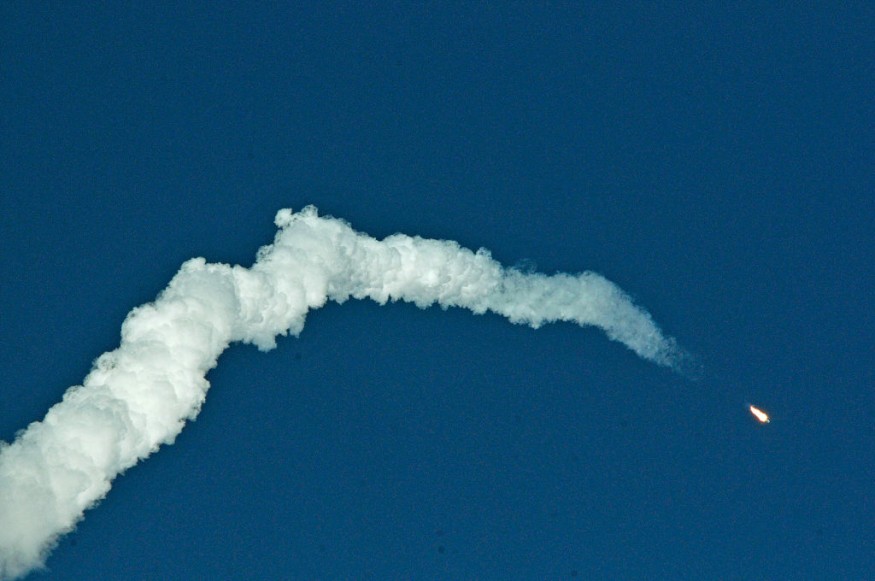SpaceX began its space activities in April with the launch of a Falcon 9 rocket from the Cape Canaveral Space Force Station on Friday. As part of the company's fourth dedicated rideshare mission, the rocket sent dozens of tiny satellites into space.
According to Space News, SpaceX outperformed bad weather forecasts, with just a 30 percent probability of good weather the day before liftoff.
However, circumstances improved enough to let the launch go in the hours coming up to liftoff.
The mission began at 12:24 p.m., when the Falcon 9 rocket took off from pad 40 at the Cape Canaveral Space Force Station, utilizing a seventh-flight first stage.
UPI said the rocket's first stage landed on the deck of SpaceX's drone ship, "Just Read the Instructions," about 9 minutes after it launched.

SpaceX Launches 40 Spacecrafts From Florida
Orlando Sentinel said the mission, the fourth of what the business calls "rideshare missions" for many clients in one launch, carried 40 spacecraft, including tiny satellites and an orbital transfer vehicle.
SpaceX's 12th launch put the corporation on pace for a record year. Musk said on Twitter this week that SpaceX plans to launch 60 rockets this year.
Many of those launches, including eight so far this year, are for SpaceX's Starlink internet satellites. Within the next 18 months, Musk aims to have more than 4,200 Starlink satellites operational.
SpaceX Falcon 🚀 team is making excellent progress – aiming for 60 launches this year!
— Elon Musk (@elonmusk) March 28, 2022
SpaceX verified that some of the "rideshare" payloads had begun to be deployed about 25 minutes after liftoff and the rocket's arc toward the south.
Rideshare missions enable several customers to launch tiny satellites on a single Falcon 9 rocket while splitting the expenses. The launch on Friday was SpaceX's fourth rideshare mission, dubbed Transporter-4.
What SpaceX Falcon 9 Brought to Space
CBSNews said the $330 million Environmental Mapping and Analysis Program (EnMAP) remote sensing satellite positioned at the top of the payload dispenser was the most extensive and most costly satellite onboard the Falcon 9.
EnMAP, which includes a telescope and two spectrometers, is meant to capture sunlight reflected from the surface at 242 various wavelengths, or colors. Scientists and policymakers will be able to better assess the health of certain sectors, such as agricultural and forestry management and water quality.
SpaceX also said in the same CBS News report that CubeSats, microsats, picosats, non-deploying hosted payloads, and an orbital transfer vehicle containing spacecraft to be deployed later are also on board the Falcon 9.
After the first of three second-stage engine firings, EnMAP was freed and drifted away on its own 14 minutes after liftoff. Two more smaller satellites were launched after that, followed by two more engine firings to fine-tune the orbit for the remaining payloads.
Around one hour and 15 minutes after launch, the remaining satellites were released from a central dispenser atop the second stage.
SpaceX's fourth rideshare mission was launched, a unique launch service that allows numerous small satellite owners and operators to share space on a Falcon 9.
For satellites weighing up to 440 pounds, the cost can be as low as $1.1 million, including a recent price increase blamed on inflation.
RELATED ARTICLE : Crew-4 Mission Launch Delayed Due to Axiom's Complexity and NASA Having an 'Extremely Busy Spring'
Check out more news and information on SpaceX in Science Times.











